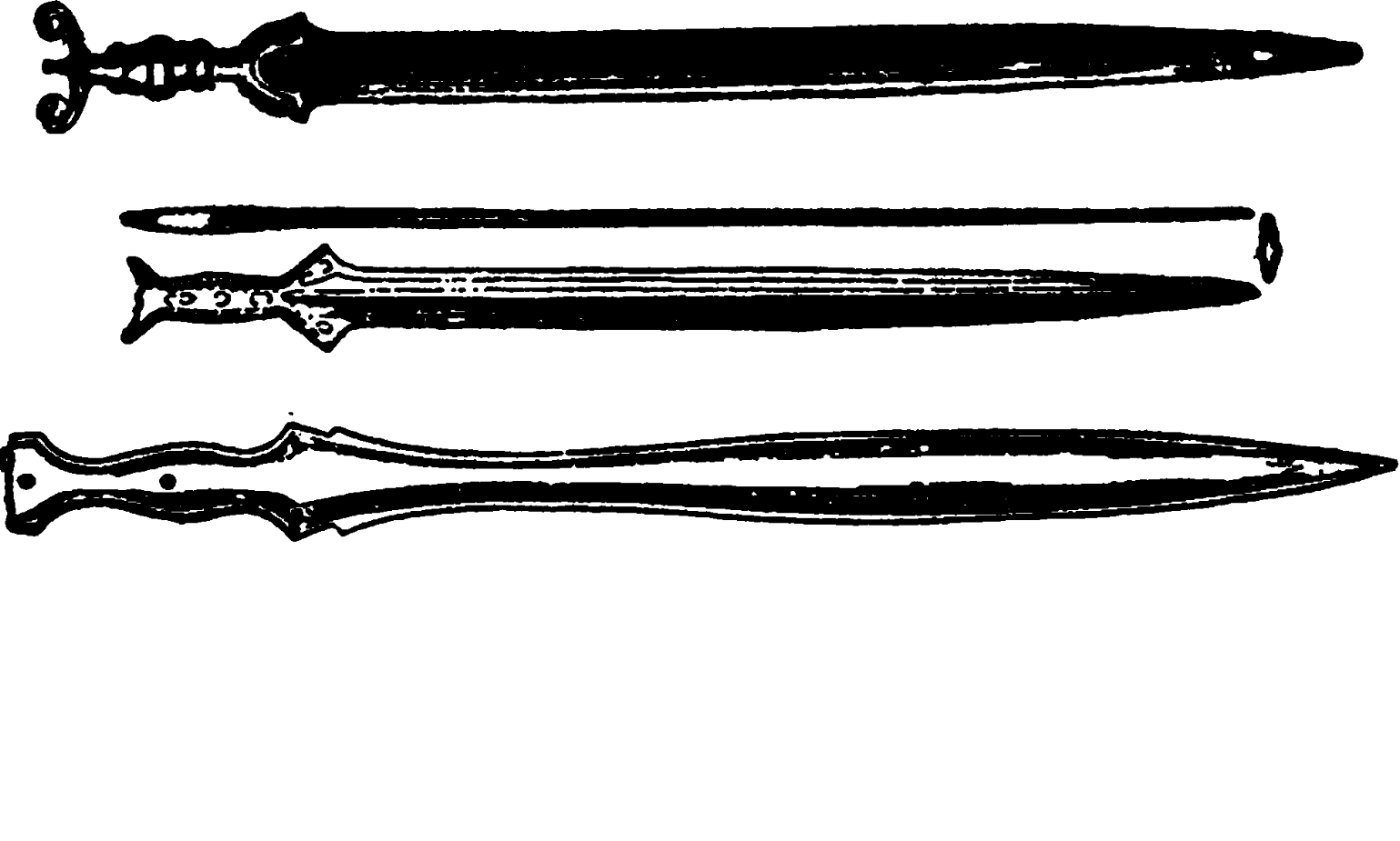<![CDATA[The new Micro Pasts initiative by the British Museum is changing the way crowdsourcing marketing methods are applied to archaeology and revolutionising the interaction the public and enthusiasts can have with the past. Archaeologists, museums and academics increasingly have to innovate in the way they raise finances for their study of history. In Britain and the USA funding for the profession has been cut back in the last few years. This means that government grants for excavations and digs have greatly reduced. The number of professional archaeologists has decreased, and the support of volunteers and public donations is increasingly vital. As Lisa Westcott Wilkins, a former editor of Current Archaeology Magazine told the Independent recently: "Why would you want a career in archaeology when everybody knows there is very little security, you move around a lot and it pays really, really badly compared with similarly trained professions?" Micro Pasts is one of a handful of initiatives set up to break the dependency on increasingly hard to obtain local council and charity handouts. Dig Ventures for example uses crowdfunding to support archaeological digs. Donators purchase benefits such as exclusive information from a dig, and in some cases a direct role at the site itself. These methods allow greater independence and freedom for archaeologists. The fact that an institution as large as the British Museum has decided to engage with crowdsourcing is highly symbolic, reflecting the extent of the paradigm shift in the funding of archaeological exploration. The British Museum's crowdsourcing initiatives are strongly focused on allowing supporters to take an active role in the museum's work. One task involves volunteers taking part in transcribing 30,000 handwritten catalogue cards from the museum's archives into an online database. By clicking on the Micro Pasts website a scanned image of an old catalogue card will appear on your screen. You will then have to read the data from the card and enter it into a set of predefined fields. Another task involves volunteers helping in the creation of 3D photo maps of an object. Bronze Age artefacts need to be photographed from a multitude of angles in order to capture every detail of the object's surface. This is a task that it is impossible for a computer to do automatically, and instead requires significant man hours to get an adequate amount of shots. Once an object has been sufficiently mapped it will be stored in one of the largest databases of prehistoric metalwork in the world. Volunteers will have unlimited access to the files to do as they please, and some of the artefacts have already started to appear in miniature models and on T-shirt designs. The software is completely open source, meaning anyone can use it. Utilising 3D printing technology it is possible to duplicate the British Museums artefacts anywhere in the world. Just last week a 3D plastic model of a 3,000 year old Bronze Age axe, which has been stored in the British Museum for the last thirty years, was printed in a library in Washington D.C. The new initiative by the British Museum and crowdfunding schemes in general are increasingly vital for archaeology and history. Neil Wilkin, the curator of the Bronze Age initiative at the British Museum admitted that it would have taken museum staff years to perform the tasks that are being done with such vigour by volunteers, even if the funding could have been found. Just as importantly, the crowd sourcing initiatives show that the enthusiasm and interest for learning about the past are as strong as ever, a fact that might encourage further investment in the field. ]]>
New Ways to Fund Looking at The Ancients
